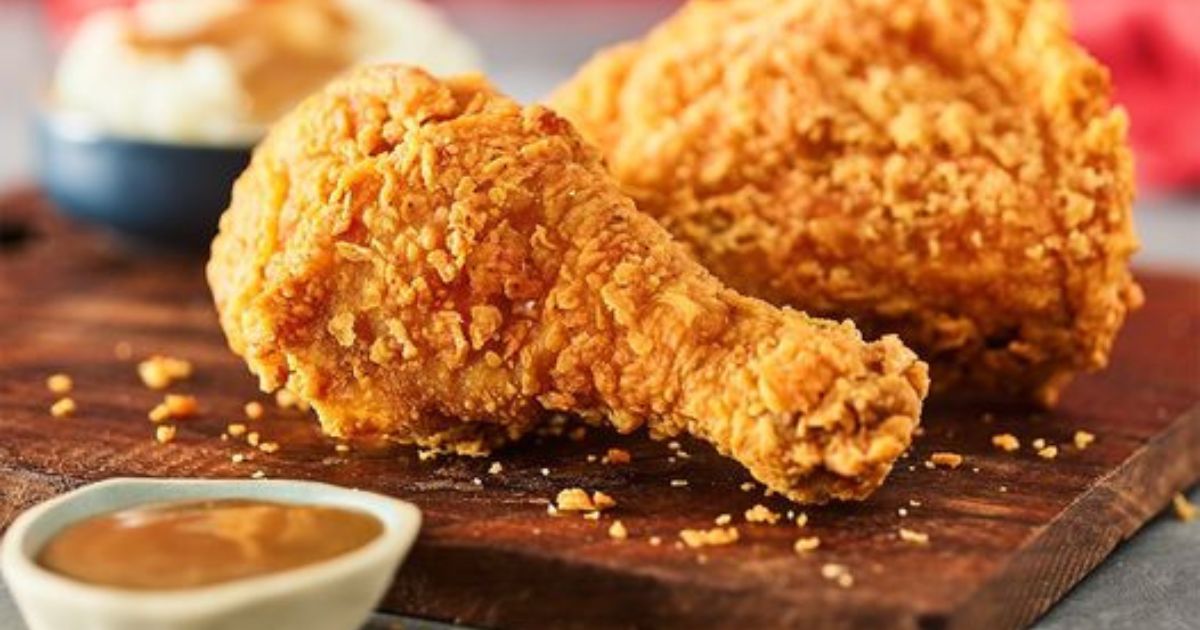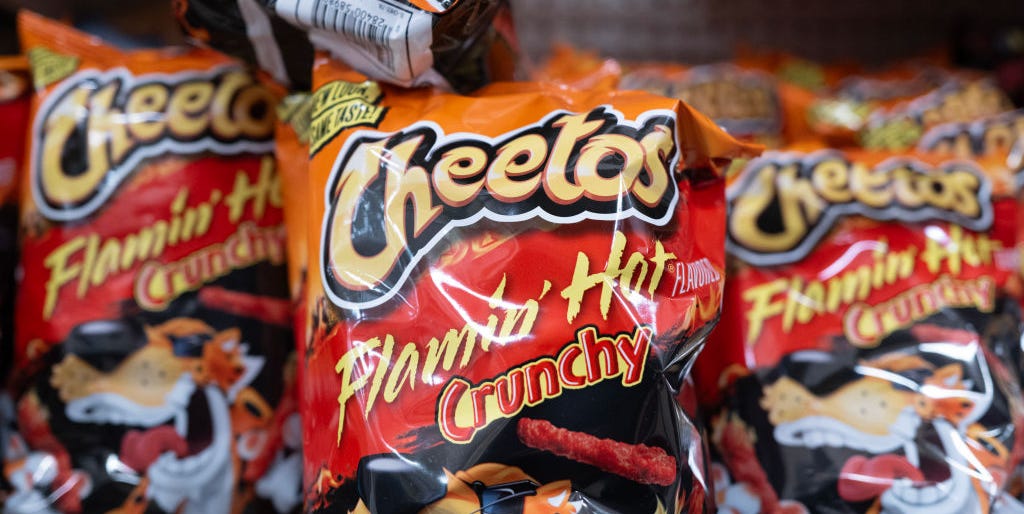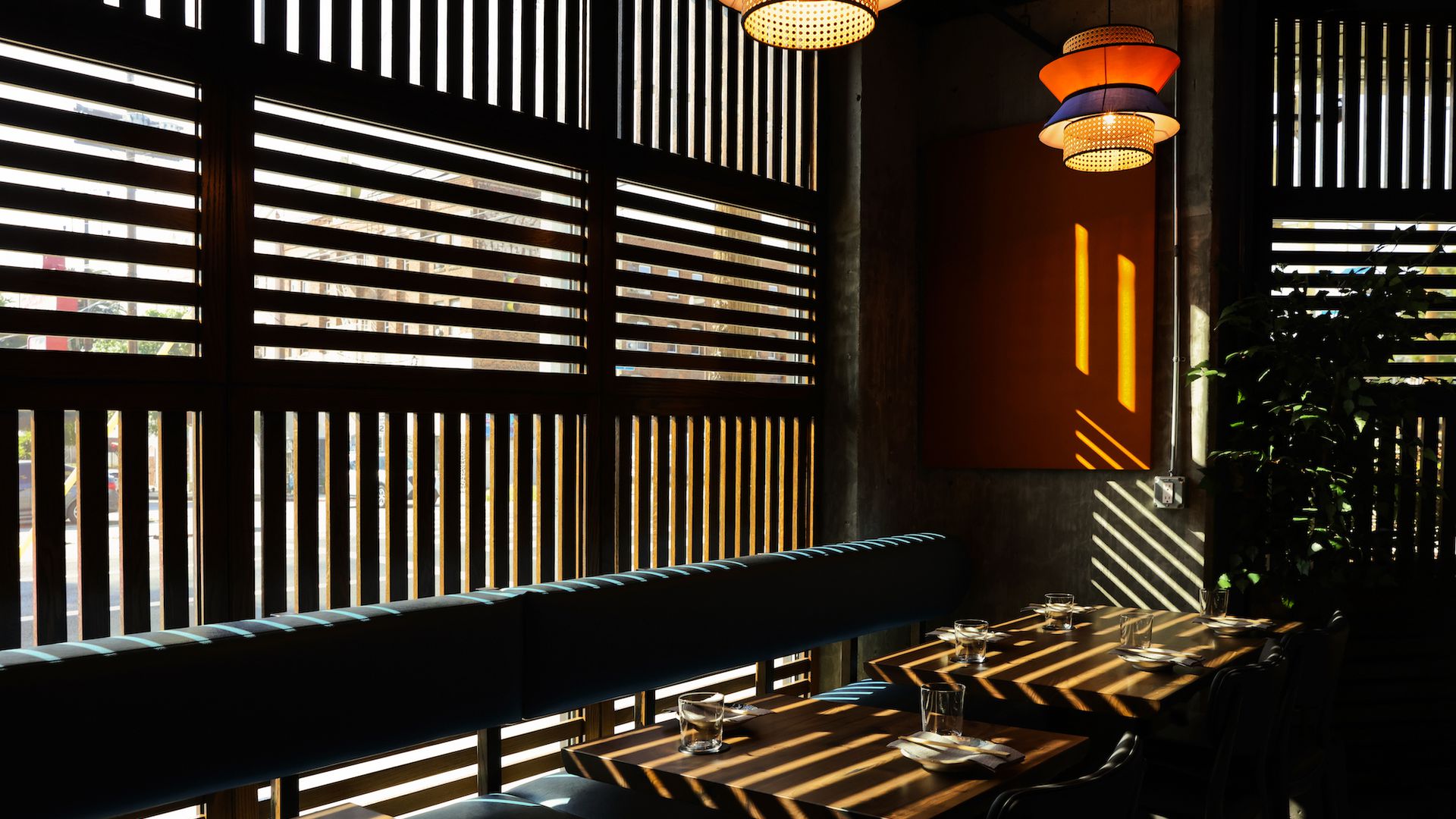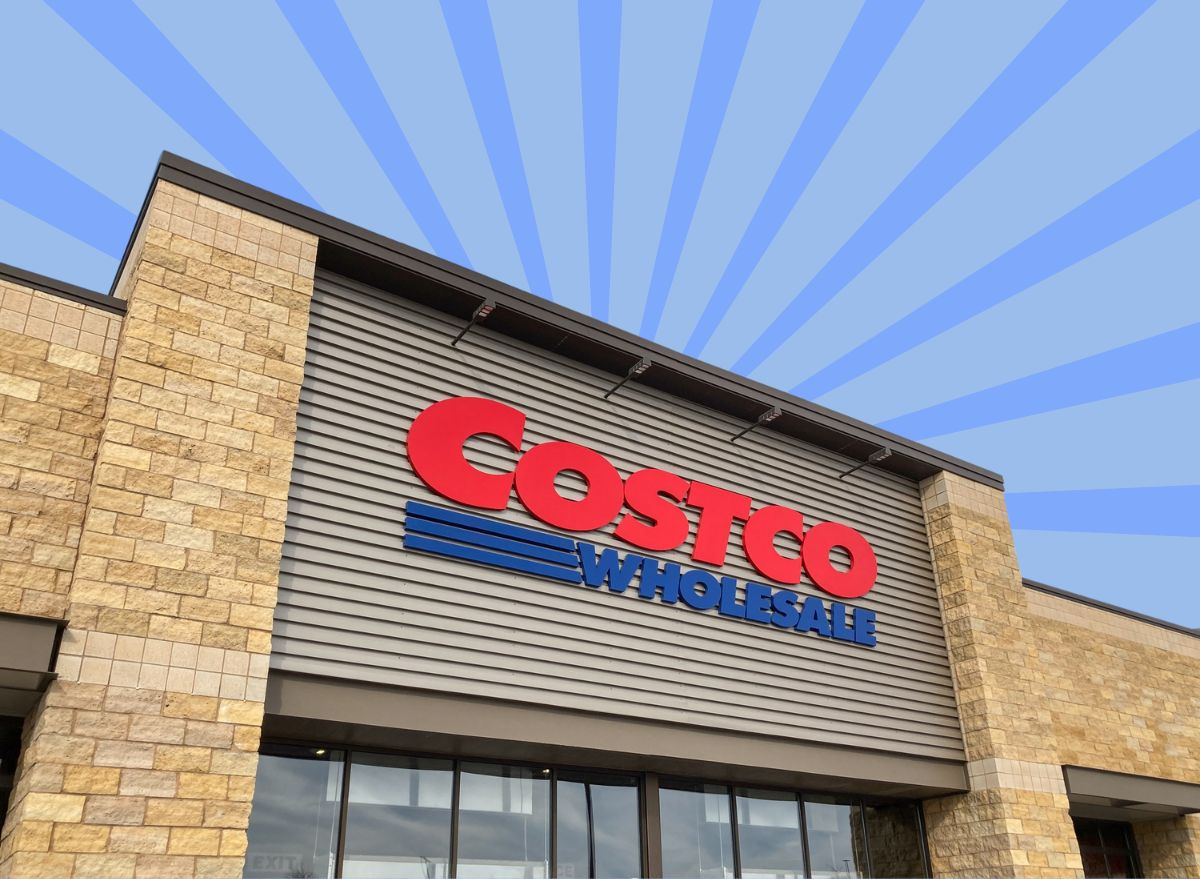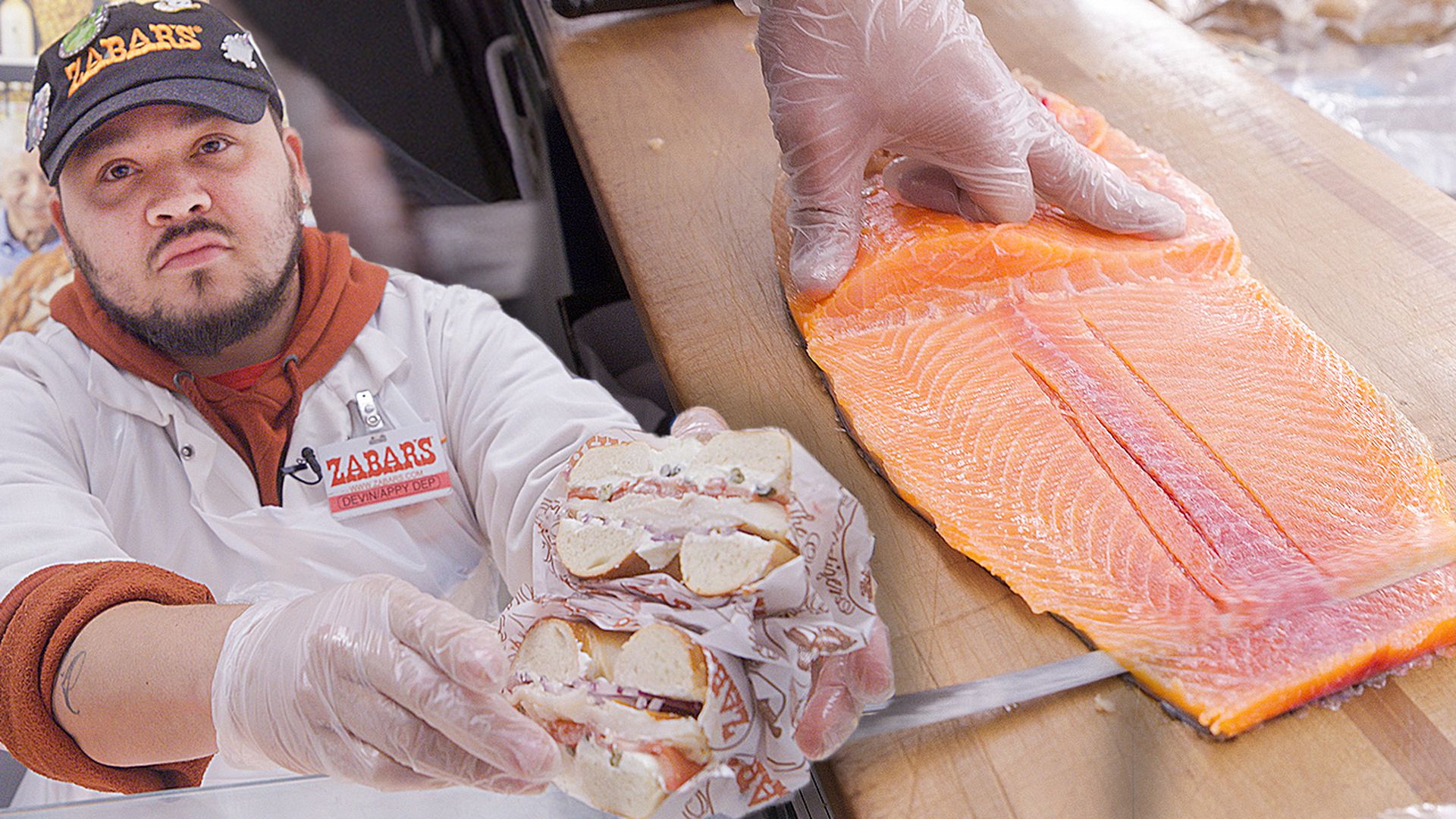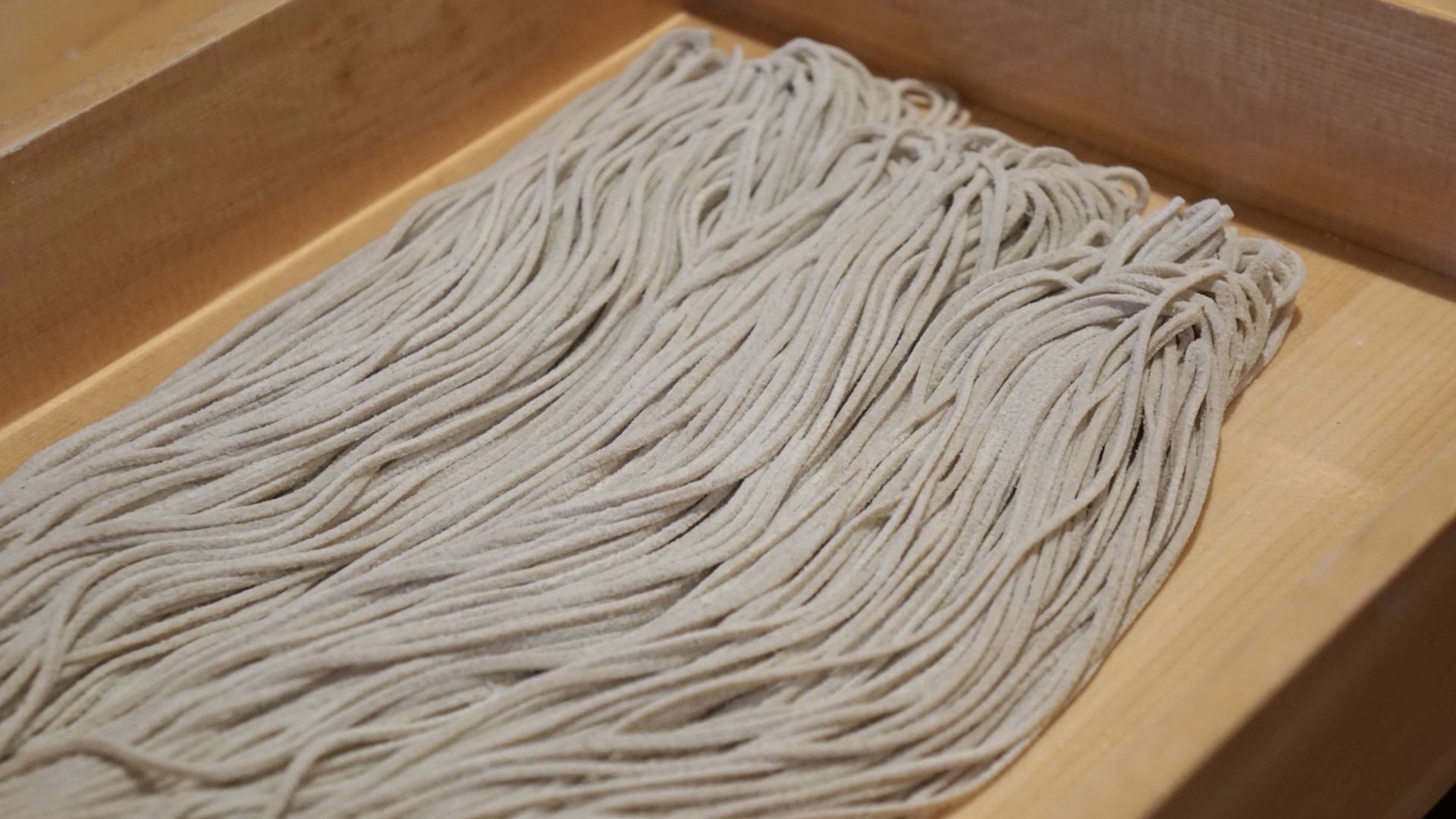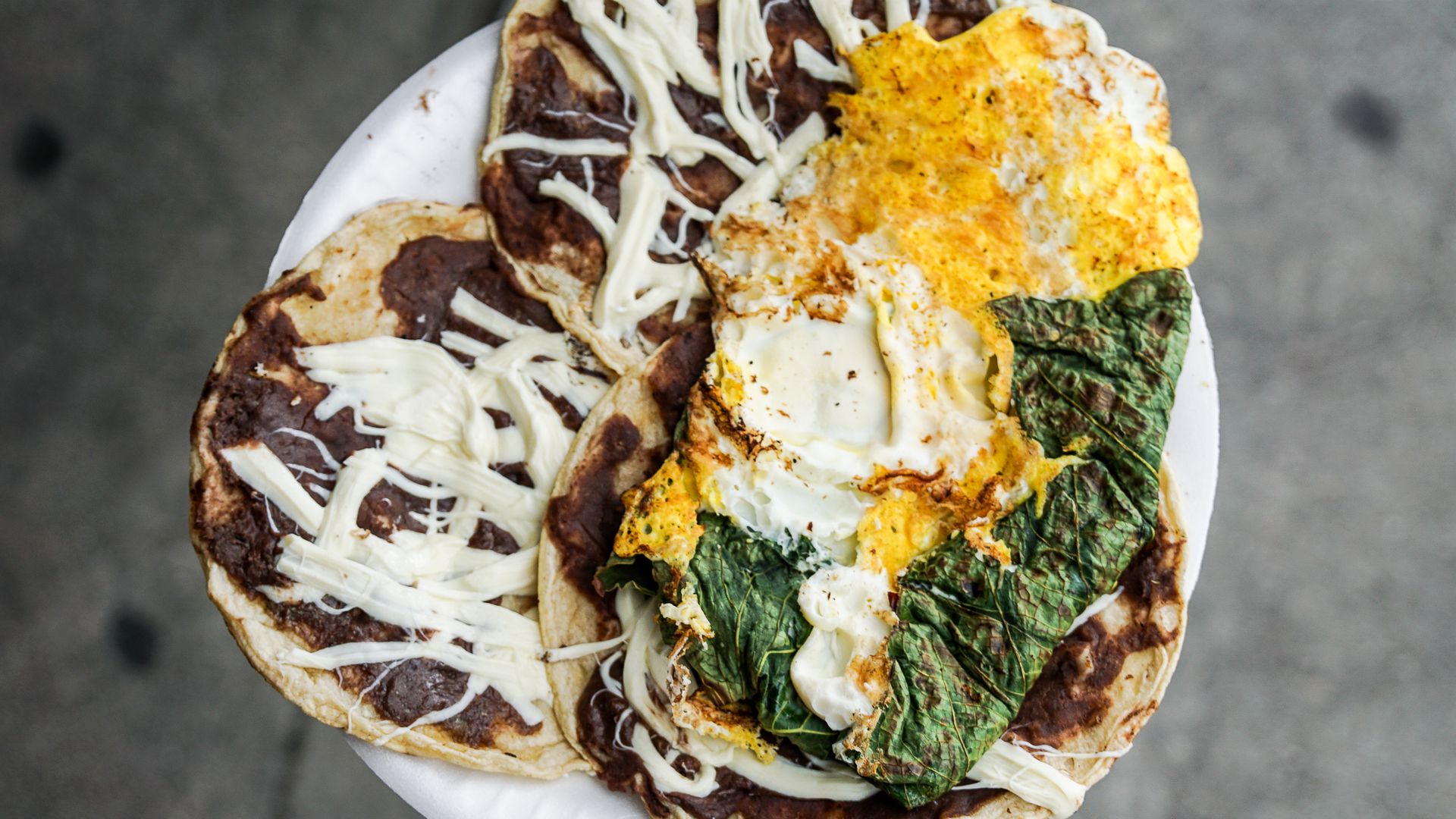
THIS CHARMING PICO-UNION MARKET SERVES DELIGHTFUL OAXACAN STREET SNACKS FROM SIERRA NORTE
Many Angelenos are fortunate enough to live near the city’s tienditas oaxaqueñas, Oaxacan mini-markets in neighborhoods like Hollywood, West LA, Koreatown, and Mid-City. These tienditas are where such coveted products as tlayudas, natural quesillo (string cheese), and hierba santa can invigorate a pantry. They are also community centers, which is what JSP Mini Market was when it opened in 2014: a gathering place for Indigenous Zapotecos from Oaxaca’s Sierra Norte. “I’m known around here as Sol Wbichh Bdechj, Sol de Betaza in Zapoteco (Sol from Betaza),” says Soledad Montalvo, owner of the Pico-Union tiendita that rebranded as Betaza Minimarket in August.
Montalvo, who was born in San Melchor Betaza, has had her ups and downs at this sunny beacon of Sierra Norte folkways along West Pico Boulevard, opposite the clusters of weeping fig trees that shade some of the area’s many Oaxacan and Central American businesses. Five years ago she sold the market; in 2020, her husband Romeo Monterrubio, a well-known Oaxacan banda music composer, passed away. His passing led Montalvo back to her community. “More people came to know me after he passed away,” she says. At this tiendita, named after his hometown, locals stop by for Oaxacan foods and traditional Sierra Norte cuisine served on the sidewalk in front.
Montalvo wears her culture on her sleeve.
Outside the market is a street rig with a plancha run by Flor Pérez, a traditional cook from Asunción Nochixtlán, who prepares Montalvo’s recipes from Sierra Norte. “I change the menu every day,” says Montalvo, who serves breakfast dishes in the mornings, closes for lunch, then fires up the grill in the evenings for antojitos like tlayudas, large corn tortillas brushed with lard and black bean paste and dressed in shredded cabbage and quesillo.
Montalvo — dressed in a white huipil and huaraches from her pueblo — wears her culture on her sleeve. She had “Sol from Betaza” tattooed in Zapoteco on her inner left arm, with a pair of red and dark green inked suns — one kissing the other on the forehead. The tattoo design represents Montalvo’s nickname, Sol (Sun), and her brand of aguardiente produced in Betaza. The nostalgia for San Melchor Betaza resonates throughout the market’s displays of sweets, herbs, and chiles, like the bright orange, fleshy chile manzano displayed on the front counter. It’s the kind of grab-and-go item that makes this market unique.
Regional breads like pan de yema, pan amarillo, and pan de panela are brought in from Oaxaca, as well as familiar Oaxacan quelites (wild greens) and tostadas used to make chilaquiles. In the rear of the market are general groceries, also called abarrotes. The market carries sugar-coated pan dulce from Oaxacan-owned Venice Bakery, as well as corn tortillas and masa from La Yalaltequita (also owned by Venice Bakery).
“These are frijoles de la Sierra Mixe,” says Montalvo, showing off a bag of black, café, and cranberry-colored beans that glisten like polished stones. “We use these beans for the pellizcadas.” Empanadas are griddled on the comal and then filled with mushrooms, huitlacoche, flor de calabaza, and amarillo, a thick liquid of herbs and toasted chiles. In other parts of Mexico, like CDMX, these are known as quesadillas. Betaza calls these thin, flat rounds of cooked masa pellizcada, which are moistened with unrefined lard, coated with black bean paste, and then filled with strands of quesillo. It’s a typical antojito serrano (from the Sierra Norte) enlivened by Montalvo’s smoky orange salsa, a blend of dried jalapeño and toasted pumpkin seeds.
During breakfast, a huevo de comal, typically an egg cooked on a clay comal until it’s just solid, but, in this case, fried on a flat top grill, is available with or without fragrant hierba santa. (Just get it with the hierba santa.)
In the evening, the supper crowd comes for the grill.
On occasion, the market sells stuffed oblong memelas de frijol, studded with whole beans resembling eyes and eaten with unrefined lard, salsa, and sometimes black beans. Depending on the day, diners can try caldo de costilla, a ceremonial stew of dried beef ribs served with tamales de frijol, molotes (masa dumplings), or barbacoa de borrego and consomé. In the evening, the supper crowd comes for the grill.
Customers from Sierra Norte drop by for coveted tacos blandos de moronga, large handmade corn tortillas toasted on the comal and then filled with black beans, quesillo, and blood sausage from Alfonso Martínez of Poncho’s Tlayudas. It’s then rolled into their familiar cylindrical “tacos de rancho,” which could pass for open-ended burritos but made with a large corn tortilla. Another option is spicy chile relleno tacos prepared with imported chile de agua. In a city awash in specialty markets that serve international residents, Montalvo’s market is a thriving outpost for Indigenous people from Santiago Zoochila, Hidalgo Yalalag, and San Melchor Betaza, and diners curious to experience the range of Oaxacan cuisine LA has to offer.
Betaza Minimarket is located at 2601 West Pico Boulevard, Los Angeles, (213) 263-9110. It’s open from 7:30 a.m. to 9:30 p.m., seven days a week; it serves dinner from 5 p.m. to 9:30 p.m. Monday through Friday.
